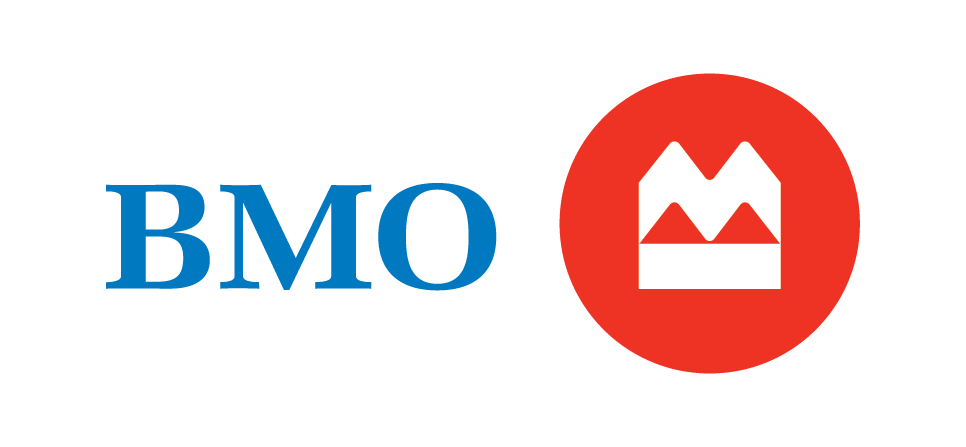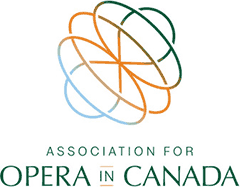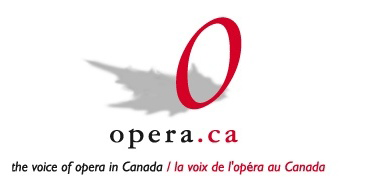Jun 25, 2025
What We Can Learn from Tosca — What’s love got to do with it?
Reprinted from Psychology Today.
Posted July 3, 2023
This year the first offering of the Santa Fe Opera was Tosca, the famous story of an opera diva named Tosca, her artist lover, and the toxic, predatory, and rapacious villain Scarpia. The setting is Rome, when it was under the thumb of the oppressive Holy Roman Empire, before Napoleon’s forces achieved military victory over the suffocating regime embodied by Scarpia. Tosca’s lover Cavaradossi, who is on the Napoleonic side, hides a friend who has escaped political prison. For this seditious act, Scarpia arrests him and will only free him from the gallows if Tosca sleeps with Scarpia.
Composer Giacomo Puccini and librettists Luigi Illica and Giuseppe Giacosa pull us into a world where we hear about Tosca even before we see her. Cavaradossi sings about her jealous, suspicious, possessive love and reveals that he loves her for her external beauty and is excited by her big brown eyes and even bigger emotions and passion. For Scarpia, it’s lust for conquest; women are prey and once he lures one into his lair, he pounces, rapes, and then discards her.
With these excesses of unbridled emotion, superficiality, and selfishness, we know we are in trouble. We also know that the opera is a tragedy, so it is not going to end well. While sitting in a darkened theatre, it’s safe to think about what kind of lovers we are, and whether what we see on stage mirrors or echoes the kinds of relationships we pursue and maintain. Do we, like Cavaradossi, idealize those we fall for? To him, Tosca is a beautiful and gentle being who will one day be nurturing and raising children and smelling the roses in her garden. Like the villain Scarpia, he is excited by her anger and emotional demands, but his desire is only to love and be loved by her. For Scarpia, sexual entrapment and domination are the end goals, and the more Tosca resists and expresses her love for Cavaradossi, the more excited he gets at the idea of satisfaction by force. hen discards her.
Accompanied by compelling, driving music, the action on stage plays out with ever-increasing intensity. And for all of the characters, the end is death. Tosca acquiesces to Scarpia’s vile demand because he promises not to execute her lover. She sacrifices her body to save the man she loves, but before the act is consummated, she kills her would-be rapist. Cavaradossi, tortured and condemned to death because of loyalty to his friend, demonstrates before the end that all he truly cares about in life is his love for Tosca. The diva Tosca sheds her petty selfishness and vanity. She becomes a murderer out of self-defence and love and loyalty to Cavaradossi. When he is executed, she is hunted down as a criminal. In the throes of deep grief, she despairs for her life and kills herself.
You could hear the proverbial pin drop as the audience held its collective breath while the story grew in intensity, and all I could think about was that it was a relief that this is playing out on stage and not in real life.
After the curtain calls, it dawned on me that Tosca is actually a cautionary tale about love, and what it can lead to if it is not tempered by self-control, abandonment of greed and selfishness, and living in a dream world of idealization about our loves, lovers, or those we want to love us. Perhaps if we see it being played out on stage, we can reflect on what kind of lovers we are, and where that has taken us in life.
Cavaradossi is a dreamer, an idealizer, but he is also capable of intense loyalty and self-sacrifice. He is passionate in his painting and in his relationships with friends and lovers. He is brave, and he evolves past a slavish devotion to physical beauty and matures into a heroic figure. However, I couldn’t help but wonder if his fate would have been different if he had been more moderate and self-reflective before rushing headlong into action.
Tosca too, evolves, and shows that she can love deeply, sacrifice her vanity and self-absorption, but, ultimately, she is prone to excess and emotional extremes — including the no-return point of suicide. Could she have used her power as a diva, a star, to act differently, and with more self-awareness? Would her end have been different?
As for Scarpia, his rapacious, ugly, toxic, lust for power and domination led to his death and destruction. If he had acted differently, his end might have been avoided.
In the opera Tosca, the only balance to a life of emotional extremes is offered by religious devotion to the gentleness of the Madonna, or the self-sacrifice of Jesus on the cross. But to me, in real life, the balance is provided by introspection, self-reflection, self-control, and healthy, reciprocal love.
Ultimately, Tosca offers an opportunity to see things played out in a fictional story and maybe trigger a shift in our behavior or at least awaken a desire to live a life where the outcomes of loving are more positive and less painful and tragic. Extreme forms of love make a great opera, but not a better life.
About the Author
Judith Fein is an award-winning international travel journalist who has contributed to 130 publications, the author of three books about transformative travel, an inspirational speaker, and an opera librettist.
View Press Release
May 29, 2025
CELEBRATING A SEASON OF FIRSTS, INCLUSION, & PARTNERSHIP
As the curtain falls on another remarkable season at Manitoba Opera, we take a moment to reflect on the powerful stories shared, the talented artists who brought them to life, and the community that continues to support and celebrate the art of opera.
This season’s success was in part thanks to our 2024/25 Season Presenting Sponsor: BMO. Since 2017, BMO’s steadfast partnership has helped make opera accessible and vibrant in Manitoba. Their commitment allows us to dream big and deliver performances that resonate across generations and backgrounds.
We opened the season with The Elixir of Love, a heartwarming comedic gem led by veteran Winnipeg director Ann Hodges. We were also proud to welcome Eve Legault back as assistant conductor. This production not only celebrated timeless music but also highlighted our commitment to showcasing women in artistic leadership roles within opera.
La Bohème followed, offering a deeply moving exploration of love, friendship, and life’s fragility. Directed by Anna Theodosakis in her Manitoba Opera debut, the production marked a historic milestone: for the first time in our company’s history, both productions in the season were directed by women.
Manitoba Opera’s commitment to equity and diversity remained a guiding force throughout the year. BIPOC artists took to the stage and led behind the scenes, allowing more members of our community to see themselves reflected in the stories we tell.
Through our Opera Access program, hundreds of individuals facing socio-economic barriers attended performances at no cost, ensuring that Manitoba Opera provides a space for all.
As we look back on this season of firsts, heartfelt performances, and meaningful impact, we extend our deepest gratitude to BMO for their unwavering support of the arts and our community. It is thanks to partners like BMO that opera in Manitoba continues to thrive.
View Press ReleaseFeb 24, 2025
The Bohemian Life
The opera La Bohème is primarily based on a collection of short stories – Scènes de la vie de Bohème – written by French novelist and poet Henri Murger in the mid-19th century. The collection paints a vibrant picture of the lives of struggling young artists in Paris, focusing on their challenges and camaraderie amid poverty.
The characters in La Bohème are ordinary people experiencing everyday events, no kings and countesses here. And indeed, some of those events actually did occur in the lives of Henri Murger and Giacomo Puccini, the composer.
This semi-autobiographical novel about life in the Latin Quarter of Paris, relates the experiences of Murger when he was in his 20s. For example, the character of Rodolfe in Scènes is an unabashedly honest self-portrait of the writer.
Giacomo Puccini also included some of his own memories of his student days in Milan when he shared a room with Pietro Mascagni, a baker’s son who went on to compose Cavalleria Rusticana. It is said that they pooled their meagre funds to buy the score of Parsifal, cooked beans in the only pot available – their washbasin – and marked a city map with areas to be avoided, in order to not run into creditors. Like Colline in the opera, Puccini is said to have even pawned his coat at one point, although not to help a dying friend.
This initial glimpse into the lives of these characters, their relationships, and their struggles with both art and finances hints at the deeper themes of passion, ambition, and the sacrifices that come with a life dedicated to creativity.
In his preface, Murger wrote “Bohemia is a stage in artistic life.” Eventually, like Murger, most of his characters make their escape into the next stage of life – respectability. At the end of the novel, Colline inherits money and marries a rich woman; Schaunard becomes a successful writer of popular songs; Marcello secures an exhibit of his work, sells a painting to an ex-lover of Musetta and moves to better accommodations; Rodolfo’s writing career is launched when he publishes his first book; and even the fiery Musetta settles down.
Click to read – Scènes de la vie de Bohème
View Press Release





